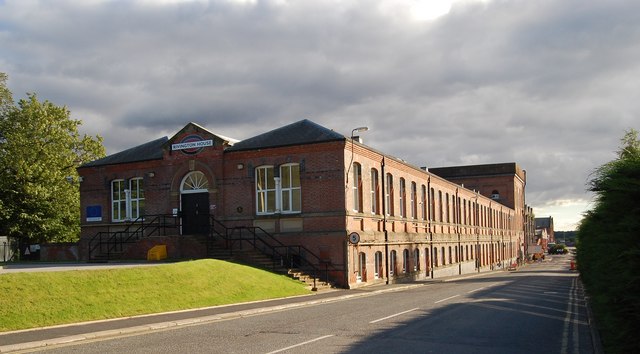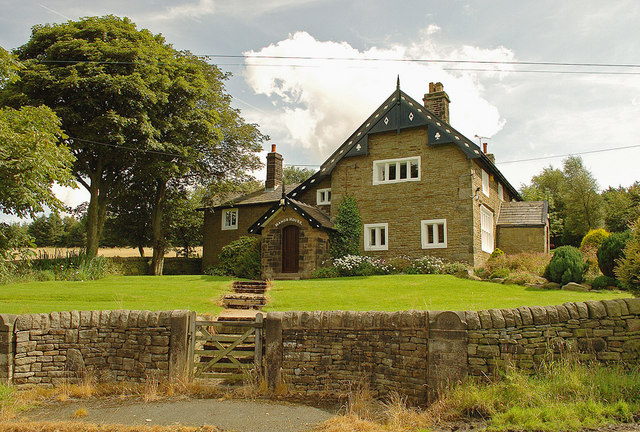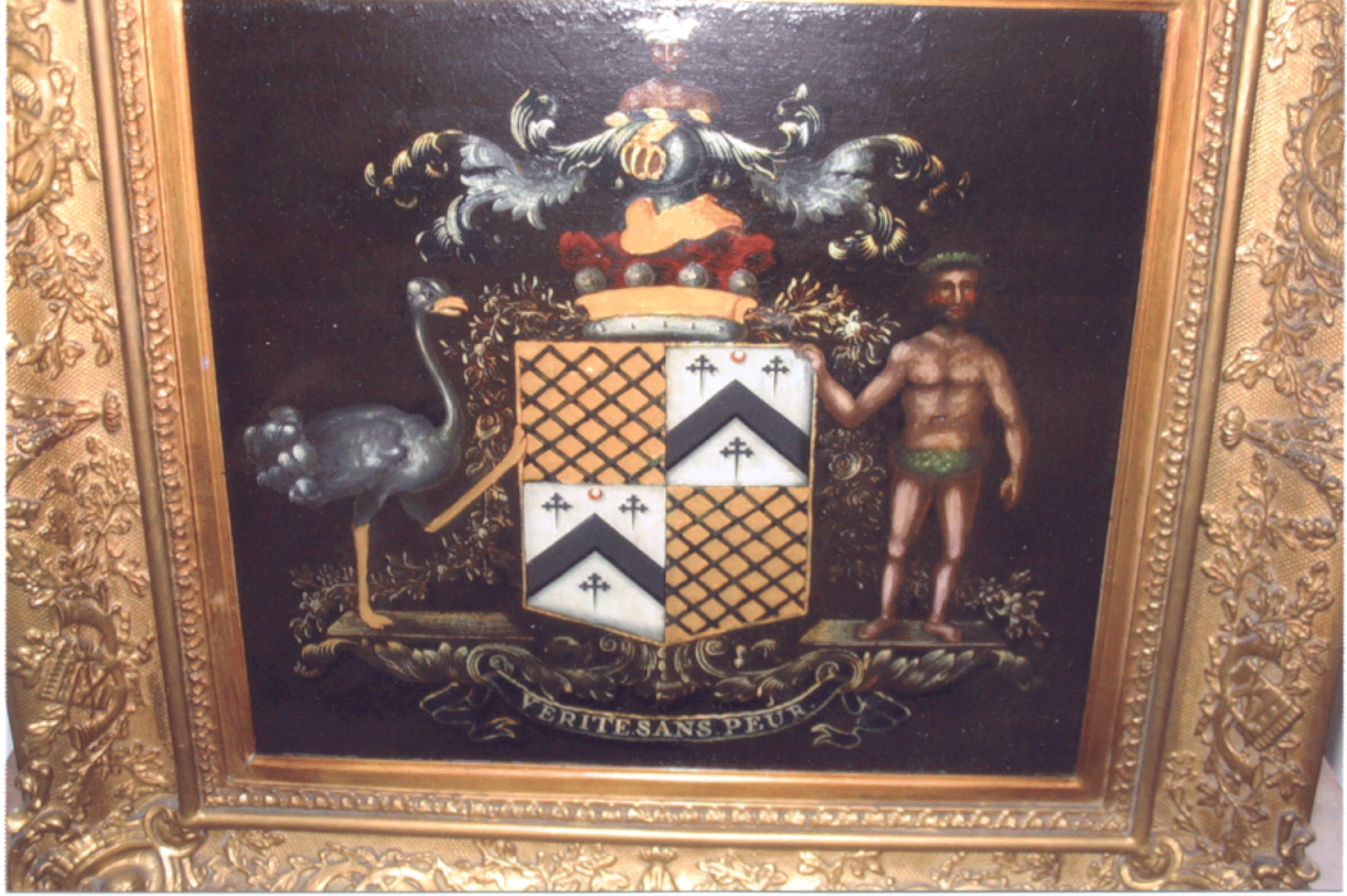|
Hugh Willoughby, 12th Baron Willoughby Of Parham
Hugh Willoughby, 12th Baron Willoughby of Parham (c.1637–1712) was an English peer of the House of Lords. He was the eldest son of Thomas Willoughby, 11th Baron Willoughby of Parham and his wife Eleanor, daughter of Hugh Whittle of Horwich. He succeeded to the title on the death of his father in 1692. Life Hugh Willoughby followed in his father's footsteps supporting religious dissenters at Rivington and Horwich. In 1693 he bought the Shaw family lease of lead mines at Anglezarke which he held along with the manor as trustee to a mortgage.Archive (a2a) Transcript of Document Number DDKE/6/47 n.d. c. 1693 In 1703 became a trustee and benefactor of Rivington Unitarian Chapel. Hugh Willoughby married twice, first Anne, daughter of Lawrence Halliwell of Tockholes on 29 December 1663 at St Mary the Virgin's Church, Deane The Church of St Mary the Virgin, Deane, is an Anglican parish church in Deane, Bolton, Greater Manchester, England. It is a member of Deane deanery in the arch ... [...More Info...] [...Related Items...] OR: [Wikipedia] [Google] [Baidu] |
Peerage Of England
The Peerage of England comprises all peerages created in the Kingdom of England before the Act of Union in 1707. In that year, the Peerages of England and Scotland were replaced by one Peerage of Great Britain. There are five peerages in the United Kingdom in total. English Peeresses obtained their first seats in the House of Lords under the Peerage Act 1963 from which date until the passage of the House of Lords Act 1999 all Peers of England could sit in the House of Lords. The ranks of the English peerage are, in descending order, duke, marquess, earl, viscount, and baron. While most newer English peerages descend only in the male line, many of the older ones (particularly older baronies) can descend through females. Such peerages follow the old English inheritance law of moieties so all daughters (or granddaughters through the same root) stand as co-heirs, so some such titles are in such a state of abeyance between these. Baronets, while holders of hereditary title ... [...More Info...] [...Related Items...] OR: [Wikipedia] [Google] [Baidu] |
House Of Lords
The House of Lords, also known as the House of Peers, is the Bicameralism, upper house of the Parliament of the United Kingdom. Membership is by Life peer, appointment, Hereditary peer, heredity or Lords Spiritual, official function. Like the House of Commons of the United Kingdom, House of Commons, it meets in the Palace of Westminster in London, England. The House of Lords scrutinises Bill (law), bills that have been approved by the House of Commons. It regularly reviews and amends bills from the Commons. While it is unable to prevent bills passing into law, except in certain limited circumstances, it can delay bills and force the Commons to reconsider their decisions. In this capacity, the House of Lords acts as a check on the more powerful House of Commons that is independent of the electoral process. While members of the Lords may also take on roles as government ministers, high-ranking officials such as cabinet ministers are usually drawn from the Commons. The House of Lo ... [...More Info...] [...Related Items...] OR: [Wikipedia] [Google] [Baidu] |
Thomas Willoughby, 11th Baron Willoughby Of Parham
Thomas Willoughby, 11th Baron Willoughby of Parham (c.1602–1691/92) was an English peer of the House of Lords. He was born in about 1602, son of Sir Thomas Willoughby and Mary Thornhaugh (Thornley), and grandson of Charles Willoughby, 2nd Baron Willoughby of Parham and Lady Margaret Clinton. Family He married Eleanor Whittle, heiress and daughter of Hugh and Mary Whittle, of Horwich on 22 February 1639 (or 1640). After marriage they lived at Old Lord's Farm in Horwich, the area is still known as 'Old Lords Estate', the family inherited leases of a substantial amount of land from Horwich Moor to Anderton through the will of Nicolas Whittle of Horwich, 1597.The freeholder Sir Thomas Barton commissioned a map of 1620 which shows the Whittle holdings reflected in a large area of field names on the Rivington side of Horwich. These land holdings passed to the Shaw family, distributed in the will of Honourable Elizabeth Shaw in 1797. Thomas and Eleanor had two sons and three daught ... [...More Info...] [...Related Items...] OR: [Wikipedia] [Google] [Baidu] |
Horwich
Horwich ( ) is a town and civil parish in the Metropolitan Borough of Bolton, Greater Manchester, England. Prior to 1974 in the historic county of Lancashire. It is southeast of Chorley, northwest of Bolton and northwest of Manchester. It lies at the southern edge of the West Pennine Moors with the M61 motorway passing close to the south and west. At the 2011 Census, Horwich had a population of 20,067. Horwich emerged in the Middle Ages as a hunting chase. Streams flowing from the moors were harnessed to provide power for bleachworks and other industry at the start of the Industrial Revolution. The textile industry became a major employer and after 1884 the construction of the railway works caused the population of the town to increase dramatically. The old industries have closed and urban regeneration has been led by out of town developments, particularly at Middlebrook, which, since 1997 has been the base of Bolton Wanderers football club, who play at the University of ... [...More Info...] [...Related Items...] OR: [Wikipedia] [Google] [Baidu] |
Lead Mines Clough - Geograph
Lead is a chemical element with the symbol Pb (from the Latin ) and atomic number 82. It is a heavy metal that is denser than most common materials. Lead is soft and malleable, and also has a relatively low melting point. When freshly cut, lead is a shiny gray with a hint of blue. It tarnishes to a dull gray color when exposed to air. Lead has the highest atomic number of any stable element and three of its isotopes are endpoints of major nuclear decay chains of heavier elements. Lead is toxic, even in small amounts, especially to children. Lead is a relatively unreactive post-transition metal. Its weak metallic character is illustrated by its amphoteric nature; lead and lead oxides react with acids and bases, and it tends to form covalent bonds. Compounds of lead are usually found in the +2 oxidation state rather than the +4 state common with lighter members of the carbon group. Exceptions are mostly limited to organolead compounds. Like the lighter members of the group, lea ... [...More Info...] [...Related Items...] OR: [Wikipedia] [Google] [Baidu] |
Rivington
Rivington is a village and civil parish of the Borough of Chorley, Lancashire, England, occupying . It is about southeast of Chorley and about northwest of Bolton. Rivington is a rural area consisting primarily of agricultural grazing land, moorland, with hill summits including Rivington Pike and Winter Hill within the West Pennine Moors. The area has a thriving tourist industry centred around reservoirs created to serve Liverpool in the Victorian era and Lever Park created as a public park by William Lever at the turn of the 20th century, with two converted barns, a replica of Liverpool Castle and open countryside. Rivington and Blackrod High School is located here. Rivington and its village had a population of 109 at the 2011 Census. History Toponymy The name Rivington is made up of three elements: ''riv'' is from the Old English ''hrēof'' meaning rough or rugged; ''ing'' is a place name forming suffix that seems to have crept in over the years; the last is the Old En ... [...More Info...] [...Related Items...] OR: [Wikipedia] [Google] [Baidu] |
Anglezarke
Anglezarke is a sparsely populated Civil parishes in England, civil parish in the Borough of Chorley in Lancashire, England. It is an agricultural area used for sheep farming, also site of reservoirs that were built to supply water to Liverpool. The area has a large expanse of moorland with many public footpaths and bridleways. The area is popular with walkers and tourists, it lies in the West Pennine Moors in Lancashire, sandwiched between the moors of Withnell and Rivington, and is close to the towns of Chorley, Horwich and Darwen. At the 2001 census it had a population of 23. At the 2011 Census the population is included within Heapey civil parish. The area was subjected to depopulation after the reservoirs were built. Toponymy Anglezarke is derived from the Old Norse name ''Anlaf'' and the Old Norse ''erg'', a 'hill pasture or shieling'. The elements together mean 'Anlaf's hill pasture'. In 1202 it was recorded as 'Andelevesarewe'. By 1225 this had become 'Anlavesargh'. In a ... [...More Info...] [...Related Items...] OR: [Wikipedia] [Google] [Baidu] |
Rivington Unitarian Chapel
Rivington Unitarian Chapel is an active place of Unitarian worship in Rivington, Lancashire, England. It was founded in 1703, although its congregation dates to 1667. It is designated as a Grade II* listed building with some restoration in 1990. History The Presbyterians had state backing and held power during the Commonwealth, support for the Puritans was strong, a local martyr being George Marsh. The power of the Church of England was re-asserted through the Clarendon Code after the English Restoration in 1660 by persecuting Nonconformists to force them to conform to use of the Book of Common Prayer in services, requiring prayers for the King, resulting in the Great Ejection on "Bartholemew Sunday" in 1662 when 2500 Ministers left their Churches. Samuel Newton of Rivington Church was one of the Ministers ejected in 1662, many of his congregation followed him and formed the first nonconformist congregation at Rivington. Laws followed including the Conventicle Act 1664 th ... [...More Info...] [...Related Items...] OR: [Wikipedia] [Google] [Baidu] |
Tockholes
Tockholes is a village and civil parish which forms part of the Blackburn with Darwen unitary authority in the English county of Lancashire, England. Tockholes consists of the village of Tockholes itself and the hamlet of Ryal Fold, and has a population of 454, increasing to 478 at the 2011 Census. It lies on the West Pennine Moors and is surrounded by the towns of Blackburn to the north and Darwen to the east and by the villages of Belmont to the south and Withnell to the west. Darwen Tower is a prominent local landmark that lies to the east of Tockholes and the Roddlesworth Reservoirs and Tockholes forest plantation lie to the south with the M65 passing to the north. There are two churches: Tockholes United Reformed Church and Saint Stephen's Church. History Early settlement Archaeological records for the area in and around Tockholes reveal the presence of Tribal communities as early as 2,000BC. The area is thought to have been inhabited by both Celtic and Anglo-Saxon ... [...More Info...] [...Related Items...] OR: [Wikipedia] [Google] [Baidu] |
St Mary The Virgin's Church, Deane
The Church of St Mary the Virgin, Deane, is an Anglican parish church in Deane, Bolton, Greater Manchester, England. It is a member of Deane deanery in the archdeaconry of Bolton, diocese of Manchester. It is a Grade II* listed building. History The church of St Mary is situated in the old township of Rumworth on high ground above the Church Brook, the Saxon ''Kirkbroke'', which flows through Deane Clough to the River Croal. St Mary, or ''St Mariden'' was a chapel of ease of St Mary in Eccles before becoming the mother church of the ancient ecclesiastical parish of Deane which was formed from the northern part of the parish of Eccles and takes its name from Deane Clough, the narrow wooded valley close to the west of the church. The church originated as a 14th-century structure consisting of a nave and chancel with a steeply pitched roof and a western tower which has since been considerably enlarged and altered. Structure The oldest part of the church is the 14th century west ... [...More Info...] [...Related Items...] OR: [Wikipedia] [Google] [Baidu] |
Baron Willoughby Of Parham
Baron Willoughby of Parham was a title in the Peerage of England with two creations. The first creation was for Sir William Willoughby who was raised to the peerage under letters patent in 1547, with the remainder to his heirs male of body. An error in identifying the heir in 1680 resulted in an inadvertent novel creation by writ in 1680, without the restriction on inheritance by gender.Cruise on dignities, pg 202 The creation of the barony gave the right to a hereditary peerage and seat in the House of Lords, the upper house of Parliament. The barony was created on 20 February 1547 for Sir William Willoughby, a descendant of William Willoughby, 5th Baron Willoughby de Eresby living 1370 to 1409. From his son Charles Willoughby, 2nd Baron Willoughby of Parham, descended a senior male line that went extinct on the death of Charles Willoughby, 10th Baron Willoughby of Parham in 1679. At the time, the male line of Sir Ambroise Willoughby, the second son of the 2nd Baron, was wron ... [...More Info...] [...Related Items...] OR: [Wikipedia] [Google] [Baidu] |
Edward Willoughby, 13th Baron Willoughby Of Parham
Edward Willoughby, 13th Baron Willoughby of Parham (1676–1713) was an English peer of the House of Lords. He was the son of Francis Willoughby (1676–1704) and Eleanor, daughter of Thomas Rothwell of Haigh. Francis was the younger brother of Hugh Willoughby, 12th Baron Willoughby of Parham who died without a male heir. Edward Willoughby was in military service with the Duke of Marlborough's regiment in Flanders when he died, unmarried, aged 37 in 1713. The administration of his estate was granted to a creditor, his mother and brother having renounced. References Notes Bibliography * . * . * . {{DEFAULTSORT:Willoughby Of Parham, Edward, 13th Baron 1676 births 1713 deaths Barons Willoughby of Parham ... [...More Info...] [...Related Items...] OR: [Wikipedia] [Google] [Baidu] |









